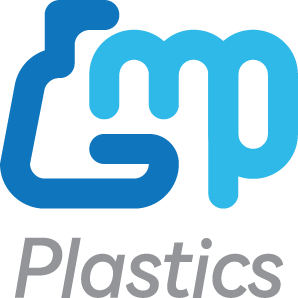Serum-free cell culture (SFCC) has emerged as a critical advancement in cell biology and biotechnology. By eliminating animal-derived serum, particularly fetal bovine serum (FBS), researchers and biopharmaceutical companies can achieve greater control over cell growth conditions, improve reproducibility, and reduce ethical concerns. However, SFCC also presents unique challenges, including formulation complexity, cell adaptation difficulties, and cost implications. This article explores the advantages and challenges of SFCC, providing insights into its impact on research and industrial applications.
Advantages of Serum-Free Cell Culture
1. Enhanced Reproducibility and Consistency
One of the major advantages of SFCC is improved reproducibility. Serum composition can vary between batches, affecting cell growth and experimental outcomes. By using serum-free media, researchers can maintain consistent conditions, leading to more reliable and reproducible results.
2. Reduced Risk of Contaminants
Serum-containing media often introduce contaminants such as viruses, mycoplasma, and endotoxins, which can compromise cell health and experimental integrity. Serum-free media eliminate these risks, making them particularly valuable for pharmaceutical and clinical applications.
3. Ethical and Regulatory Benefits
The use of animal-derived products in cell culture raises ethical concerns, particularly regarding the collection of FBS. SFCC aligns with the principles of reducing animal suffering and complies with stringent regulatory requirements for therapeutic applications. It also facilitates the production of biologics under Good Manufacturing Practice (GMP) conditions.
4. Improved Downstream Processing
Biopharmaceutical production often requires the purification of proteins, monoclonal antibodies, or other cellular products. The absence of serum proteins simplifies downstream processing, reducing purification costs and increasing efficiency.
5. Customizable and Defined Formulations
Serum-free media allow for precise control over nutrient composition, enabling tailored formulations for specific cell lines. This optimization enhances cell performance, making it suitable for various applications, including stem cell research, vaccine production, and regenerative medicine.
Challenges of Serum-Free Cell Culture
1. Adaptation and Cell Line Dependence
Many cell lines are adapted to grow in serum-containing media and may struggle to transition to serum-free conditions. This adaptation process can be time-consuming and may require multiple passages and gradual weaning strategies to maintain cell viability and functionality.
2. Complex Formulation and Optimization
Developing a serum-free medium that meets the nutritional requirements of specific cell lines is a complex task. Researchers must identify suitable growth factors, hormones, and supplements to replace the functions of serum. This customization can be resource-intensive and requires extensive testing.
3. Higher Costs
While SFCC reduces long-term costs associated with serum variability and purification, the initial costs of serum-free media are often higher than standard serum-supplemented alternatives. Commercial serum-free formulations can be expensive, especially for large-scale applications.
4. Reduced Cell Growth and Productivity
Some cells exhibit slower proliferation rates or reduced productivity when grown in serum-free media. Researchers must optimize culture conditions to achieve comparable performance, which may involve supplementing with recombinant growth factors or optimizing environmental parameters.
5. Stability and Scalability Issues
Maintaining stability in serum-free formulations is crucial, as the absence of serum proteins can affect media longevity. Additionally, scaling up SFCC for industrial production requires careful optimization to maintain cell health and productivity at larger volumes.
Strategies to Overcome SFCC Challenges
1. Gradual Adaptation Techniques
To transition cells to serum-free conditions, a gradual adaptation approach can be used. This involves stepwise reduction of serum concentration while supplementing essential nutrients until cells can thrive in a completely serum-free environment.
2. Use of Defined Supplements
Growth factors, amino acids, and other essential nutrients can be incorporated into serum-free formulations to support cell growth. Recombinant proteins and synthetic molecules can replace serum components, ensuring optimal cell performance.
3. Cost-Effective Alternatives
Efforts are underway to develop cost-effective serum replacements, such as plant-based hydrolysates and chemically defined media. These alternatives aim to balance cost efficiency with performance in cell culture applications.
4. Bioreactor Optimization for Large-Scale Production
For industrial applications, optimizing bioreactor conditions can enhance cell growth in serum-free environments. This includes fine-tuning parameters such as oxygenation, pH, and nutrient supply to maximize productivity.
5. Continuous Research and Development
Ongoing advancements in biotechnology are driving the development of improved serum-free formulations. Collaboration between academic and industry researchers is key to overcoming current limitations and expanding the applicability of SFCC.





